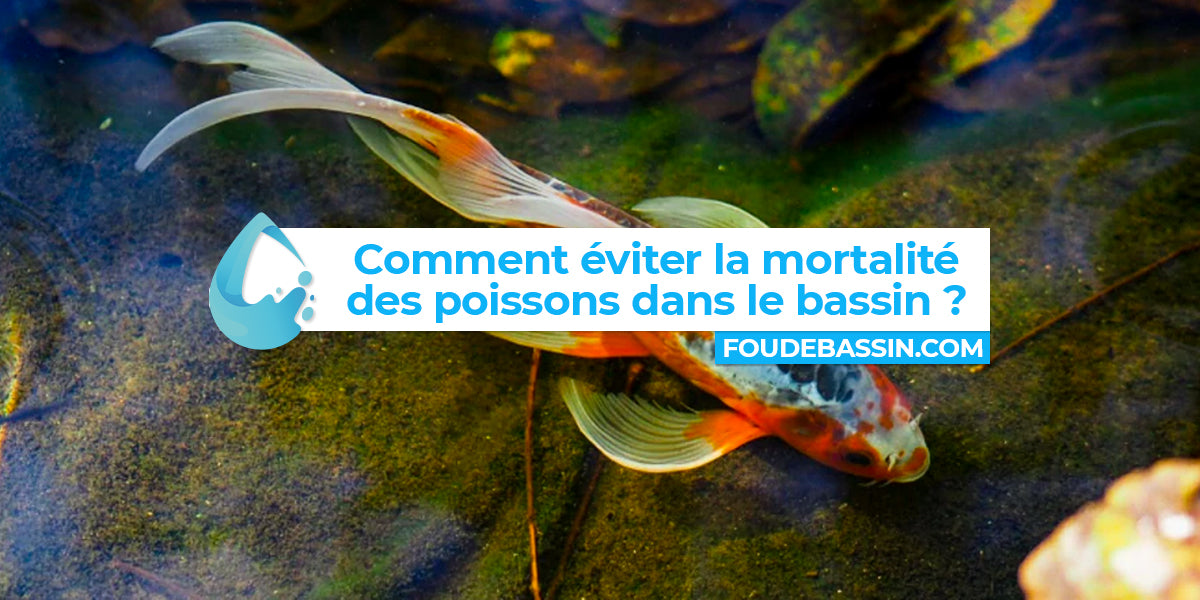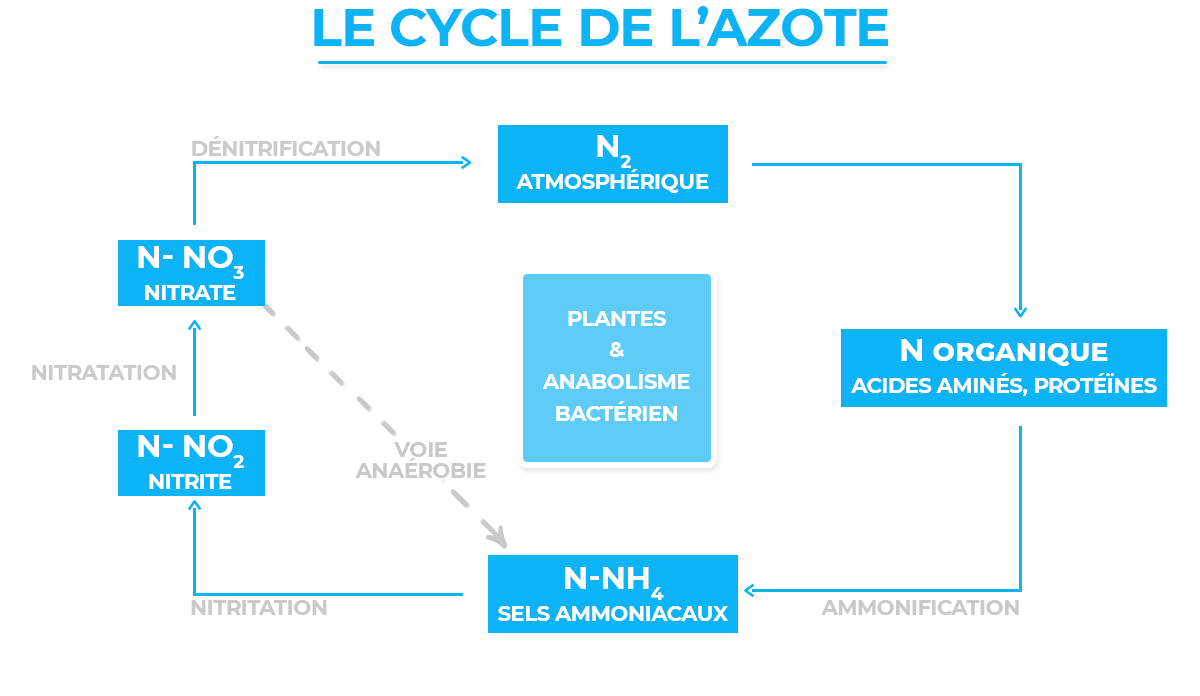Retrouvez ici les indispensables et meilleures ventes pour nos propriétaires de bassin.
Retrouvez ici les indispensables et meilleures ventes pour nos propriétaires de bassin.

For our fish to feel good and stay healthy in their pond, it is not enough to give them ample space or food. Indeed, there are four essential points that should also be provided for.
In this article we will try to detail everything you need to know so that our fish live as long as possible in their pond.
When you decide to breed fish, you must respect all the security measures of your pond.

 The number one reason your fish may die is through "suicide". By “suicide” we mean the fact that the fish can jump out of their aquarium or their aquaponics tank. It is therefore essential that you think about putting protection so that this does not happen to them.
The number one reason your fish may die is through "suicide". By “suicide” we mean the fact that the fish can jump out of their aquarium or their aquaponics tank. It is therefore essential that you think about putting protection so that this does not happen to them.
The second point to look at is oxygen. Fish breathe like us and therefore need good oxygenation at all times.
⭐ It may interest you : the list of oxygenating plants to keep a balanced pond
You need to increase oxygenation if:


The third point to avoid: having an incorrect temperature that is unsuitable for your fish. Depending on the species, there are given temperatures as for human beings. We have a certain tolerance for temperatures, be it cold or hot.
⭐ You may be interested: our collection of aquarium thermometers
Obviously, it will therefore depend on the fish you have in your aquarium or in your tank, or which ones you are going to put there.
For exemple :
It will therefore mainly depend on your species. Look at what temperatures they support and check that your water is well within these temperatures.
And finally, the last point to see is concerning the excess of ammonia in your water. Your fish will die when there is an excess of ammonia in your water and this will happen all the more quickly when your pH is basic.
⭐ It may interest you : the list of oxygenating plants to keep a balanced pond
You have your aquarium, your fish. Fish make droppings. Excess food also produces waste which is transformed into ammonia which is very toxic to fish and into ammonium, therefore an ionized molecule.
All this transformation will depend on the pH: if the pH is neutral or below, that is to say 7, we will only have ammonium. Basically, we're going to have 1% ammonia, so it's not very dangerous for our fish.

If, on the other hand, this production is done with a pH of 8, we will have 10% toxic ammonia and 90% less toxic ammonium. So already, it's getting worse for our fish. It is between 5 and 10 times more toxic than a pH of 7.

Finally, if this chemical transformation takes place in water with a pH of 9, then ammonia will represent between 30 and 50% of this production and ammonium, between 70% and 50%. So, overall, if we take the highest values 50% between a pH of 7 and a pH of 9, you will have 50 times more toxic substances in the water for your fish, so ammonia.
It is therefore very important to control and check the pH in your aquariums and in your aquaponics tanks, otherwise you will have a lot of ammonia which will kill your fish.
What are the four most common causes of death for our fish?
Aquipond Greenstab - Natural treatment against pond algae It is a natural product that helps limit algae at any time. It also has a prevent...
View full detailsReduces the layer of silt in the pond by at least 40% Easy to use with less impact on biodiversity Prevents fermentation, bad odors. pH ...
View full detailsOrganic dye to block plant growth by limiting photosynthesis ORGANIC PRODUCT NON TOXIC TO HUMANS (DIVING) AND FISH. 100% NATURAL AND BIODE...
View full detailsThe positive effects of barley straw have been known to water enthusiasts for a long time. But currently barley straw is difficult to find and i...
View full detailsReduces at least 40% of the layer of silt in the pond Easy to use with less impact on biodiversity Prevents fermentation, bad odors. ...
View full details
Comments
Leave a comment